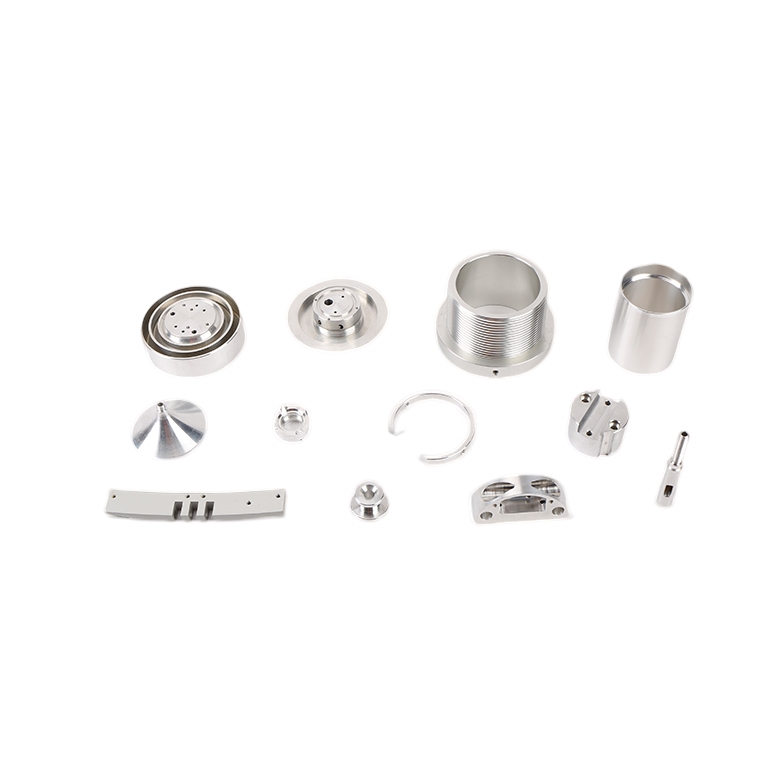
1.1, Numerical metal parts relationship between shape tolerance and dimensional tolerance
When the dimensional tolerance accuracy is determined, the shape tolerance has an appropriate value corresponding, that is, generally about 50% of the dimensional tolerance value is used as the shape tolerance value;
About 20% of the dimensional tolerance value in the instrument industry is used as the shape tolerance value; about 70% of the dimensional tolerance value in the heavy industry is used as the shape tolerance value. It can be seen that the higher the dimensional tolerance accuracy, the smaller the proportion of shape tolerance to dimensional tolerance. Therefore, when designing dimension and shape tolerance requirements, except for special circumstances, when the dimensional accuracy is determined, generally 50% of the dimensional tolerance value is used as the Form tolerance values, which are beneficial both for manufacturing and for ensuring quality.
1.2, Numerical relationship between shape tolerance and position tolerance
There is also a certain relationship between shape tolerance and position tolerance. From the cause of the error, the shape error is caused by the vibration of the machine tool, the vibration of the tool, the beating of the spindle, etc.; the position error is caused by the non-parallel of the guide rails of the machine tool, the non-parallel or non-perpendicular tool clamping, and the action of the clamping force. As a result, from the definition of the tolerance zone, the position error includes the shape error of the measured surface, such as the parallelism error contains the flatness error, so the position error is much larger than the shape error. Therefore, in general, when there is no further requirement, the position tolerance is given, and the shape tolerance is no longer given. When there are special requirements, the shape and position tolerance requirements can be marked at the same time, but the marked shape tolerance value should be smaller than the marked position tolerance value, otherwise, the parts cannot be manufactured according to the design requirements during production.
1.3, the relationship between shape tolerance and surface roughness
Although there is no direct relationship between shape error and surface roughness in terms of value and measurement, there is a certain proportional relationship between the two under certain processing conditions. According to experimental research, in general precision, surface roughness accounts for the shape tolerance. 1/5~1/4 of that. It can be seen that in order to ensure the shape tolerance, the maximum allowable value of the corresponding surface roughness height parameter should be appropriately limited.
Generally, it is determined according to the following relationship:
1. When the shape tolerance is 60% of the size tolerance (medium relative geometric accuracy), Ra≤0.05IT
2. When the shape tolerance is 40% of the size tolerance (higher relative geometric accuracy), Ra≤0.05IT
3. When the shape tolerance is 25% of the size tolerance (high relative geometric accuracy), Ra≤0.012IT
4. When the shape tolerance is less than 25% of the size tolerance (ultra-high relative geometric accuracy), Ra≤0.15Tf (shape tolerance value)
The simplest reference size tolerance is 3-4 times the roughness.

Copyright © 2025 Dongguan Yifeng Metal Co., Ltd. | All Rights Reserved